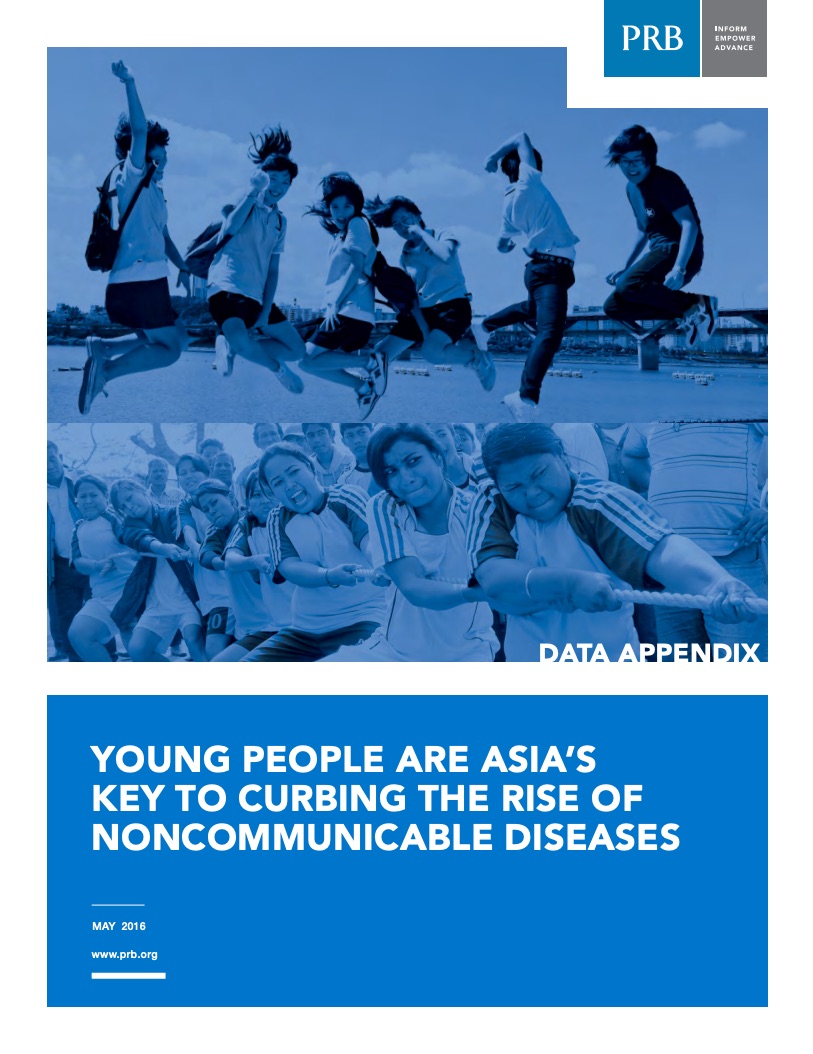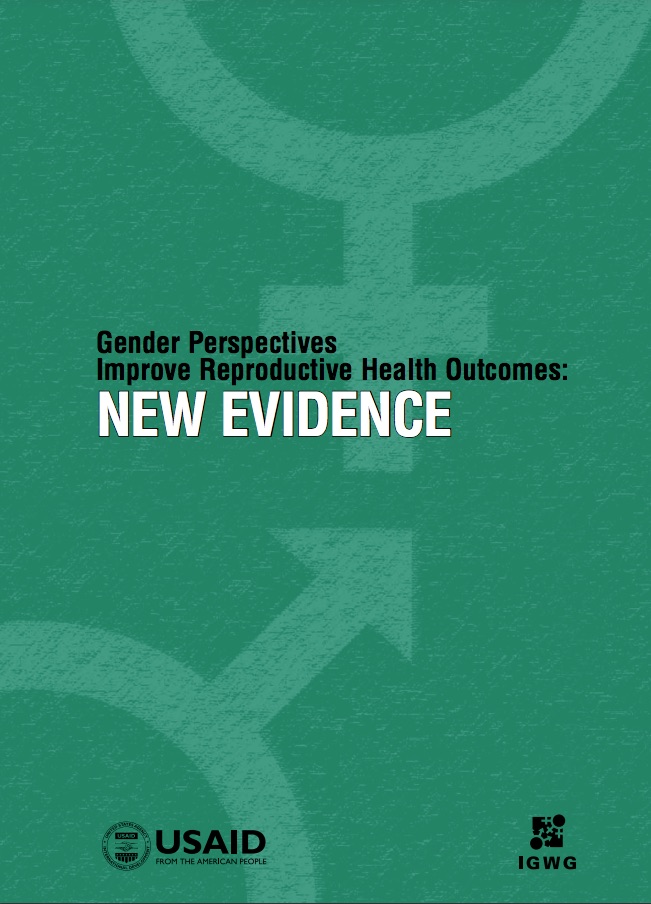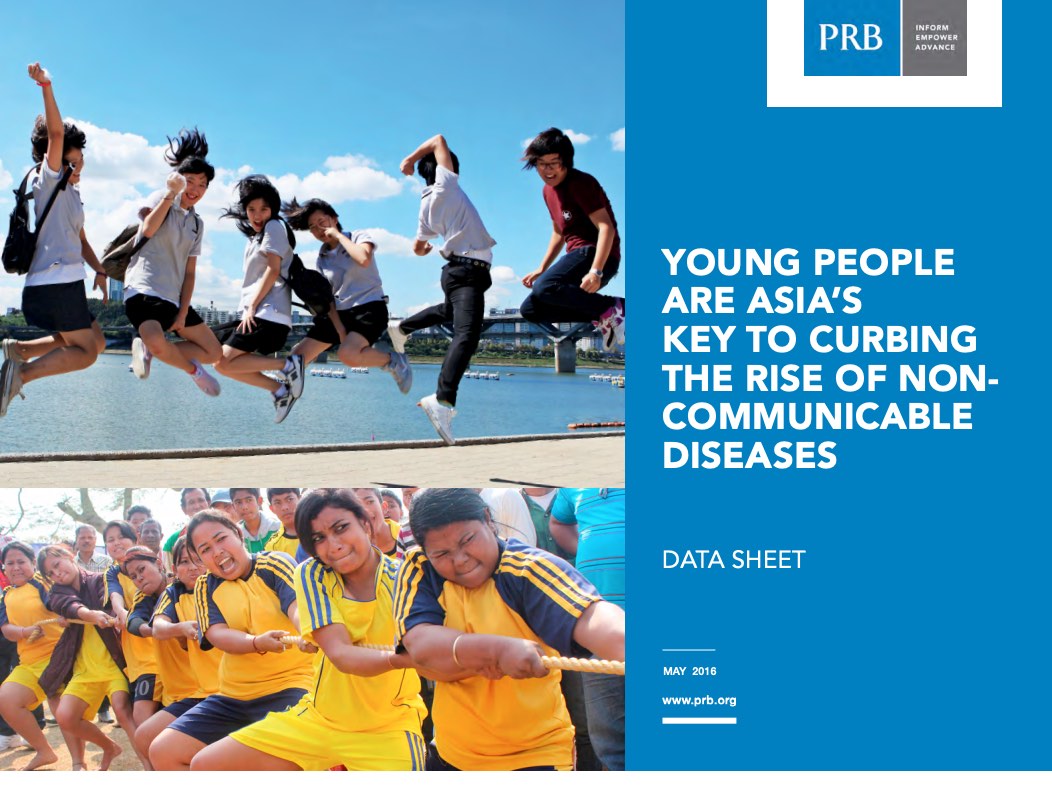PRB Discuss Online: U.S. Economic and Social Trends
(2010) During the current U.S. recession, homeownership and mobility rates have dropped; poverty has increased; and commuting patterns have shifted toward greener, more cost-effective options.
(2010) During the current U.S. recession, homeownership and mobility rates have dropped; poverty has increased; and commuting patterns have shifted toward greener, more cost-effective options.

Mark Mather from our U.S. Programs team looks back at key population trends since he joined PRB in 1998.

Project: Combatting Noncommunicable Disease Risk Factors in Youth
(2016) Asia has an opportunity to curb a rising noncommunicable disease (NCD) epidemic by addressing NCD risk factors among young people, according to a new set of PRB publications.

(2010) In 2004, the Interagency Gender Working Group, funded by the United States Agency for International Development, published The "So What?" Report: A Look at Whether Integrating a Gender Focus into Programs Makes a Difference to Outcomes. The 2004 report presented evidence of the value of integrating gender into programs for promoting positive reproductive health and gender outcomes.
(2009) The U.S. population is projected to increase over the next four decades, but according to new supplemental projections from the U.S. Census Bureau, the rate of increase depends largely on future trends in international migration.

Project: Combatting Noncommunicable Disease Risk Factors in Youth
(2016) Asia has an opportunity to curb a rising noncommunicable disease (NCD) epidemic by addressing NCD risk factors among young people, according to a new set of PRB publications.
(2010) Population growth has slowed in U.S. retirement destinations, despite the large cohort of baby boomers who have begun to reach retirement age, according to new population estimates from the U.S. Census Bureau.1